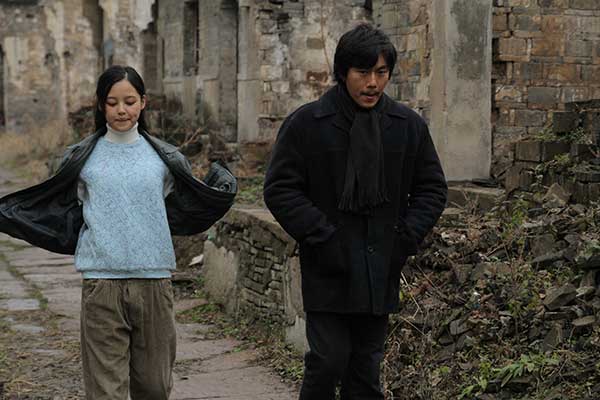 |
|
A scene from Crosscurrent.[Photo/China Daily] |
Interestingly, despite the world's largest film company, Kodak, filing for bankruptcy in New York in 2012-when Lee shot the film-the veteran cinematographer insisted on using film for the shoot.
Thus, he managed to capture the changes in the river in a way that only films allows, gaining praise from critics who say his images resembled Chinese ink-and-water paintings.
For some diehard movie enthusiasts, Crosscurrent is an elegy to an old era overtaken by the digital revolution.
But the film is also an ode to the Yangtze.
The story centers on a vessel carrying clandestine cargo and its captain's romantic encounters at ports along the Yangtze River.
In the film, each time that the man encounters the same elusive woman, she mysteriously seems to get younger.
Most reviews see the woman as symbolizing the Yangtze or as an incarnation of the river.
The captain's romantic search is seen as the epitome of humans' complex relationship with nature.
The bit about the woman becoming younger is seen as showing how man is getting closer to the source of the river.
"But you'll never get an official explanation from me," says Yang.
"I believe it (speculation about what all these things mean) is the charm of an art-house film. Viewers will draw their own conclusions based on their backgrounds and cultures," he says.